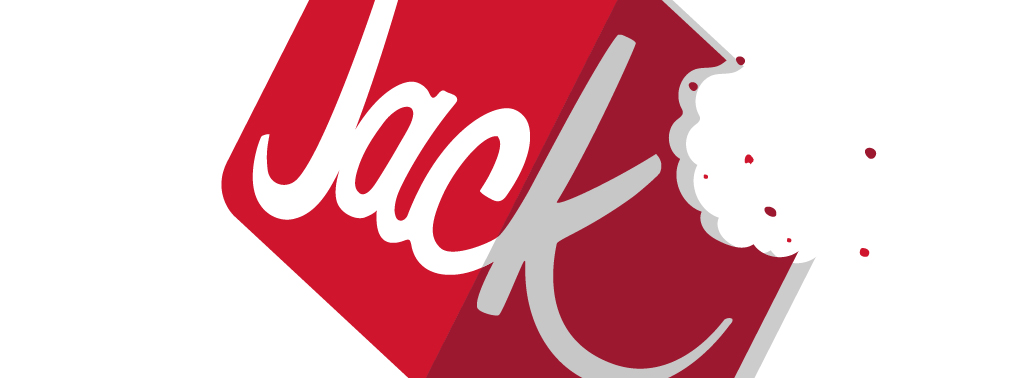News
Marketer Magazine: On The Record: Conducting Strong Interviews with the Media
…and red all over
Color is a language all its own, with the ability to speak much louder than words.
From every corner of the globe, a color can be immediately recognized and understood, and more importantly, it can profoundly impact us mentally, physically and spiritually.
Which brings us to red, and how as a language, it screams at the top of its lungs.
The mere presence of red has been shown to enhance metabolism, increase respiration and raise blood pressure. If you have an inexplicable love/hate relationship with red, you’re not alone, for it equally represents both.
A key color in Valentine’s Day, red symbolizes love, desire and passion, while it’s also the official color of hate, fury and conflict. So, if all’s fair in love and war, rest assured we have a color for that.
Historically, red is one of the earliest—and most dominant—of colors.
Hundreds of thousands of years ago, hematite, cinnabar, realgar and other minerals were commonly used in prehistoric paintings. Dyes engineered from plants and insects were used by Greeks and Romans for their clothing, hair and makeup.
In early manuscripts, “Rubricators” (which literally means “to color red”) would be given texts so that they might highlight important portions of religious documents, or add flair to announcements of special festivals and celebrations (hence the term “red letter day”).
While primates can distinguish the same range of colors as humans, most mammals see red as gray, proving that bulls were not angered by the color of the cape, but simply by the movement of it.
In everyday life, red tells us to halt (stop signs), help (the Red Cross), don’t (the international prohibition sign) and even get the heck out of the way (fire trucks).
And in terms of branding and marketing, color is king, and red rules over all. Studies have shown that up to 90% of consumers make snap judgements on products based on color alone, and that color can increase brand recognition up to 80%.
So, when colors are chosen for a company’s logo, you better believe some thought went into it, because a lot of emotion will come out of it.
Some classic examples include:
Yellow (optimism and warmth): Shell, Best Buy and Denny’s
Orange (friendly and confident): Nickelodeon and Hooters
Purple (creative and wise): Yahoo and Welch’s
Blue (strong and dependable): Lowe’s and Oral-B
Green (healthy and peaceful): Whole Foods and Animal Planet
Grey (balanced and calm): Honda and Nike
And of course, Red (exciting and bold): Kellogg’s, Coke, Target, Levi’s, Exxon, CNN, and a host of others
But perhaps the best examples are seen in the world of fast food.
Did you ever wonder why industry giants like Burger King, McDonald’s, KFC, In-N-Out, Sonic, Dairy Queen, Wendy’s, Pizza Hut, Jack in the Box, Chick-fil-A, Red Robin (duh) and dozens of others have relied on red, yellow or both to attract customers? Simple. Research told them while red grabs the attention and triggers stimulation and hunger pangs, yellow triggers feelings of happiness and friendliness.
Hungry? Happy? No wonder these colors are used to create the ultimate fast food combo.
Finally, no other color represents quite like red in our lexicon of cultural expressions.
If you owe money you’re in the red. Completely broke, and you’ve not one red cent. If you’re ready to party, you’ll paint the town red. And, if famous enough, you’ll walk the red carpet while doing so. Found in a compromising situation, you’ve been caught red-handed.
Getting an ominous vibe, that’s a red flag. More serious than that, you’re on red alert. Surrounded by Republicans, you live in a red state, and if you work for the government, you’re buried in red tape.
We could go on and on until we were red in the face.
But instead, we’ll simply chew a piece of Big Red, down a can of Red Bull and ride off into the red sunset.
